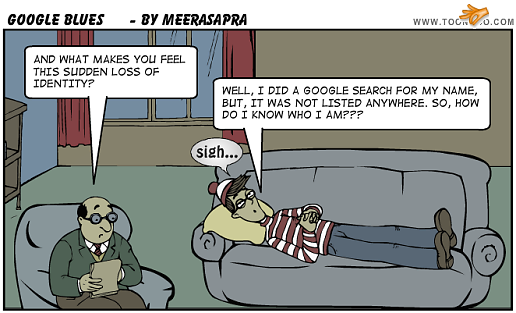The Vancouver School Board has drafted and presented a policy that would ban teachers from friending their students on social media sites. The policy states that “teachers would still be encouraged to use social media to engage their students in a strictly-professional capacity, such as creating event pages to discuss upcoming field trips.” The issue lies within the wording of the policy, many argue that it is too open ended. One problem with the policy is that it states teachers must “monitor all content [they] or others post to your personal social media accounts to ensure that it is consistent with your role in the school district“. This piece of the policy is slightly contradictory. Teachers are expected to interact with their students while not being “friends” with them on the social network. The students can’t access their teachers timeline, nevertheless, the teachers are being held responsible for all content they or others may post. While there is a setting on Facebook that allows only the account creator to post on their own timeline, this drastically limits the accounts ability to connect with friends and family.
It is impossible to have 100% control over your Facebook time, friends could fall for phishing tactics which then could be shared on your timeline. This being said, even the most media savvy teacher couldn’t “monitor all content” on their account. Would it be a better policy to not allow teachers to interact with students, parents and staff in any way on Facebook?
Mashable writer Matt Petronzio would disagree. Mr. Pertonzio suggests that teachers restrict their interactions with students to Facebook pages (groups). These classroom pages should be set up by a different account created by the teacher. This allows students to connect to the teachers announcements and updates as well as provides a place for classroom discussion. The problems the Vancouver School Board are focusing on could be solved with professional accounts and Facebook pages. This way teachers could friend students only with their professional accounts and keep their personal accounts well, personal.
Another suggestion is teachers could use only one account but isolate students and parents by using Facebook group privacy settings. These settings are easy to set up and then each post can only been your friends. Students and others on the restrictive list will only have access if you chose to share it with them at the time of posting.
Hopefully the Vancouver School Board looks at all options before their strict policies discourage teachers from using Facebook and other social media to connect with their students.
As always, it is important to remember that Social Media is a two way street and just because a teacher is being highly restrictive of their personal account doesn’t mean that students will do the same.
Do you believe that social media can be an educational tool for teachers or do the risks outweigh the benefits?









